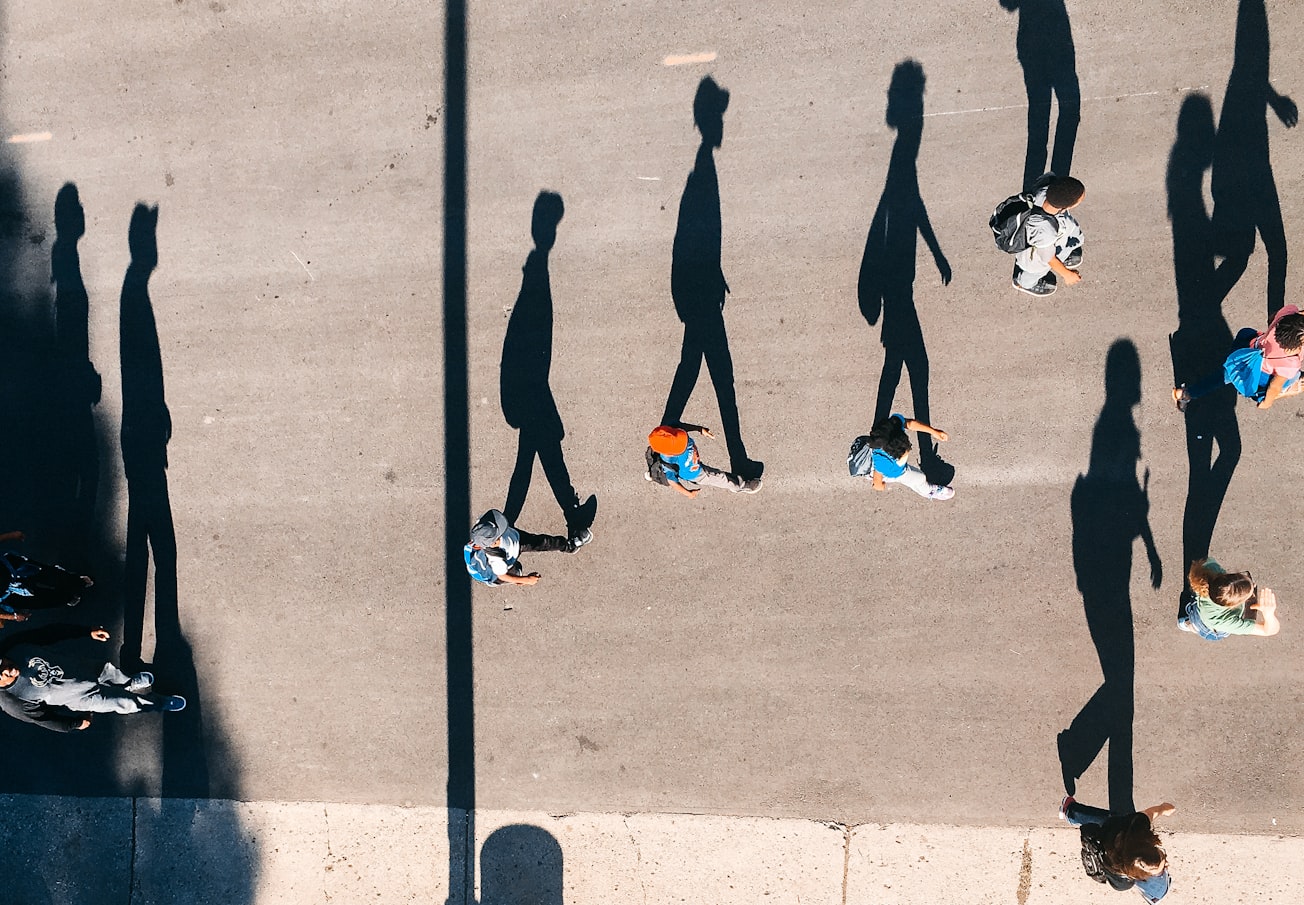What is it about?
How do we use the Other to make sense of who we are? A common assumption is that people positively affirm social identities by excluding an inferior Other. This article challenges that restricted notion by focusing on the variation and situational fluidity of alterity construction (othering) in identification work.
Featured Image

Photo by Tom Barrett on Unsplash
Why is it important?
Through reciprocal othering, ‘self’ and ‘other’ mutually construct one another in interaction, enabled and constrained by structural contexts while simultaneously taking part in constituting them. As such, othering plays a key role in organizing processes that involve encounters and negotiations between different work- and occupational groups.
Read the Original
This page is a summary of: The Other side of ‘us’: Alterity construction and identification work in the context of planned change, Human Relations, October 2019, SAGE Publications,
DOI: 10.1177/0018726719872525.
You can read the full text:
Contributors
The following have contributed to this page







